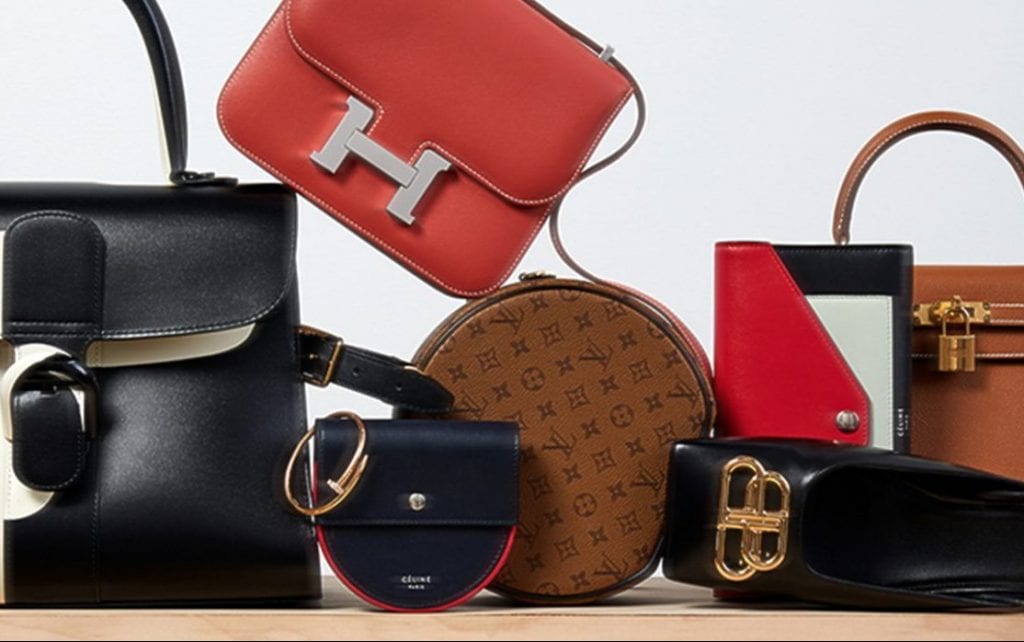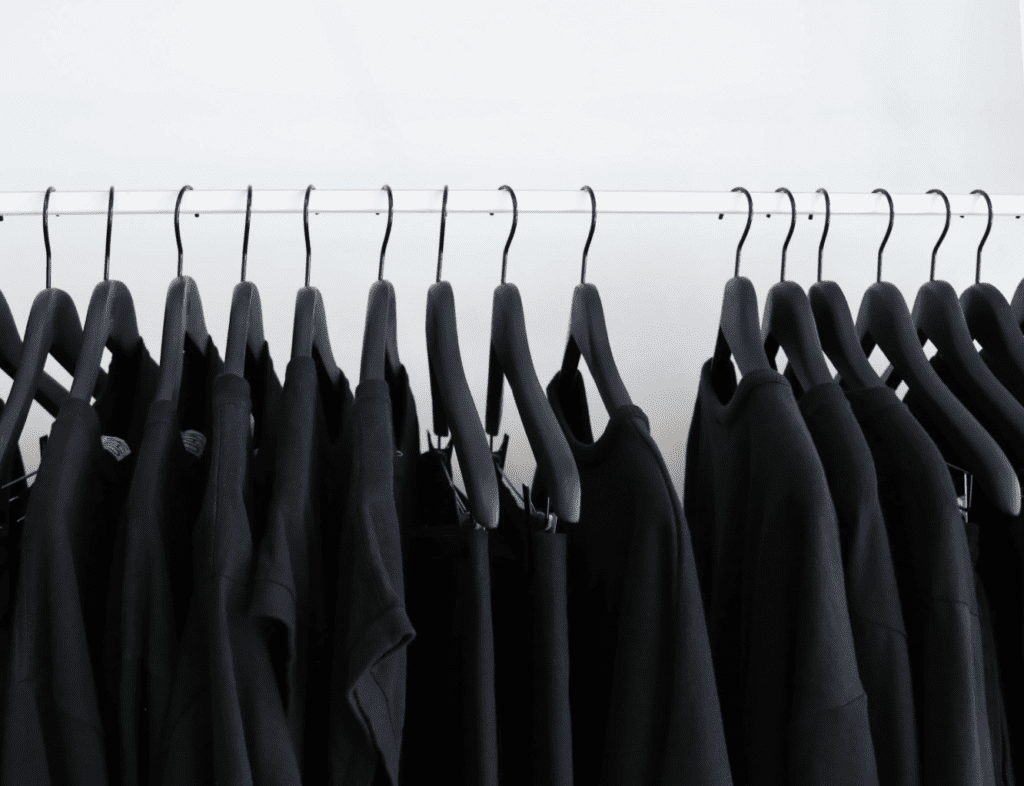The fashion industry is one of the largest players in the $20 billion-plus illegal wildlife trade, according to a new study. Looking at luxury fashion-related wildlife seizures made between 2003 and 2013 in the United States, Monique Sosnowski and Gohar Petrossian, professors at the City University of New York’s John Jay College of Criminal Justice, found that upwards of 5,600 products were seized by the U.S. Fish and Wildlife Service at ports of entry across the country – all stemming from the importation of illegal goods and many coming in the form of highly-coveted “it” bags and footwear.
Of the nearly 500 different seizure incidents that were recorded between 2003 and 2013 and highlighted in Sosnowski and Petrossian’s study, 5,607 different products were confiscated by federal authorities, with nearly 70 percent of the illegal items being exotic leather products, including handbags, footwear, garments, belts and wallets, among other things, and more than half of the seized shipments coming from Italy, France, and Switzerland, though most of the animal products originally came from Southeast Asia.
While the study, itself, does not break down the seized items by brand, Sosnowski and Petrossian provided National Geographic with a list, which revealed that Ralph Lauren accounted for 29 percent of the confiscated products, the most for the period. (A rep for the brand called the company’s inclusion “misleading and flawed”). The 53-year old, New York-based brand is followed by Gucci, whose products amounted to 16 percent of the seized goods, Michael Kors (10 percent), Jil Sander (6 percent), and Coach (5 percent).
A number of LVMH Moët Hennessy Louis Vuitton-owned brands, including Louis Vuitton, Loro Piana, Christian Dior, Givenchy, Marc Jacobs and Fendi, were included on the list of U.S. Fish and Wildlife Service, while in terms of the number of seizures, Gucci topped the list with 50 individual seizure events, followed by fellow Kering-owned brand Yves Saint Laurent, which was the subject of 41 different seizures.
A rep for LVMH said in a statement that the seizures took place “many years ago and generally related to [issues involving] paperwork and labelling processes,” noting that the Bernard Arnault-chaired luxury goods giant has “rigorous internal training and processes in order to comply with all regulations.” Rival Paris-based group Kering opted not the comment.
At the heart of such seizures is a 45-year old multilateral treaty, which 183 different parties – from the governments in U.S. and all of the nations in the European Union to those in China, Pakistan and Russia – have signed onto to ensure that “international trade in specimens of wild animals and plants does not threaten their survival.”
Called the Convention on International Trade in Endangered Species – or CITES, the treaty makes it plainly illegal to use certain types of animals in any kind of commercial trade, while placing strict rules and procedures in place in connection with the use of other types of species, thereby requiring that a company possess necessary documentation in order to lawfully import product made from these animals’ skins and thus, avoid seizure by Customs.
Despite the extensive protections that come by way of CITES, which is paired with national legislation in the U.S. and various other member nations, “These companies [were] still somehow importing goods that are illegal,” Sosnowski said, reflecting on the study.
As for the 5,607 products seized over the 10-year period of their study, if number seems low, that is because it probably is. The number of recorded confiscations “almost certainly understates the gravity of the problem,” according to National Geographic’s Rachel Nuwer, who reports that “law enforcement studies routinely find that U.S. officials manage to interdict fewer than one in 10 illegal wildlife shipments.” In fact, more recent figures, such as those from 2019, alone – when there were more than 4,000 separate confiscations – point to a potentially sharp rise in illegal activity.
While the study follows from an array of reported incidents involving high fashion and luxury goods brands – from the seizure of an elaborate feather-and-fur jacket from Alexander McQueen’s Fall 2009 collection, which U.S. Customs scooped up at the border, to the confiscation of 300 pairs of Manolo Blahnik shoes made from the skin of a rare species of snake in 2015, it also comes as at least some of the biggest names in the fashion industry are working to clean up their image when it comes to the use of certain animal products, particularly as consumer tastes begin to change and sustainability plays an increasingly larger role.
Largely beginning in 2017 and continuing well into the following year, industry leaders like Gucci, Armani, Burberry, Givenchy, and Bottega Veneta, as well as retailer giants, such as Net-a-Porter, announced one by one that they would stop using animal fur in their collections and in the case of retailers, offering up fur products for sale. Gucci creative director Alessandro Michele, for instance, swore off fur in 2017, saying that use of the textile is “not modern.” The Milan-based brand’s CEO Marco Bizzarri said the move is part of “our new ten-year ‘Culture of Purpose’ sustainability plan,” which he says “demonstrates Gucci’s absolute commitment to making sustainability an intrinsic part of our business.”
Around the same time, Chanel, one of the two biggest revenue-generating brands in the industry (following only behind Louis Vuitton), announced that it would not only cease its already-limited use of fur, but it would go a step further and became the first luxury fashion house in the world to stop using exotic animal skins, like snake, crocodile, lizard and stingray. At the time, Chanel’s head of fashion, Bruno Pavlovsky, said it had become harder to source such animal byproducts ethically.
Even with such largescale movements within the industry in mind, not all brands have sworn off animal products entirely. In fact, most high fashion brands, including the likes of Hermès, Gucci, and Louis Vuitton, rely heavily on various leathers for their handbag/accessories and footwear offerings, two of their core money-making divisions across the board. Instead, in an effort to shore up their supply chains (and likely, to ward off potentially-very-damaging reports of inhuman treatment that have been tied to third-party-run supplier farms, as Hermès learned in 2015 when PETA released undercover videos that showed crocodile being inhumanely farmed Hermès supplier outposts in Texas and Zimbabwe), brands have gone on something on an acquisition spree in recent years, with companies like Hermès, Prada, Kering, and LVMH taking stakes in supplier farms and/or factories. (Louis Vuitton was subject to similar treatment by PETA back in 2015 when it filmed crocodiles essentially being skinned alive at several crocodile farms in Vietnam, which were allegedly supplying the Paris-based fashion brand).
At the same time, the Wall Street Journal reported in 2018 that “a few fashion houses are funding tech companies working to grow leather in laboratories, and companies that once viewed animal-rights groups as a nuisance are now consulting with them about their policies to limit cruel treatment.”
Despite such growing efforts, Sosnowski and Petrossian say that their report shows that better “detection, enforcement, and policy” is still needed across industry, including fashion, and call for “policy to be enacted relating specifically to the use of exotic leathers and furs, and that situational crime prevention alongside commitments to sustainability from fashion brands be used to reduce illegal imports and improve industry sustainability.”
Their message has been echoed by other experts, such as Bruce Weissgold, a former reptile trade intelligence analyst and senior international trade specialist at the U.S. Fish and Wildlife Service. Speaking to Nat Geo, Weissgold says that fashion giants – with their globally-reaching footprints and billions in revenues, and given their “expertise” – are in a “unique position to influence their suppliers.” And even more broadly than that, all signs seem to point to their need to “be good corporate citizens,” which includes a strong emphasis on animal rights.











